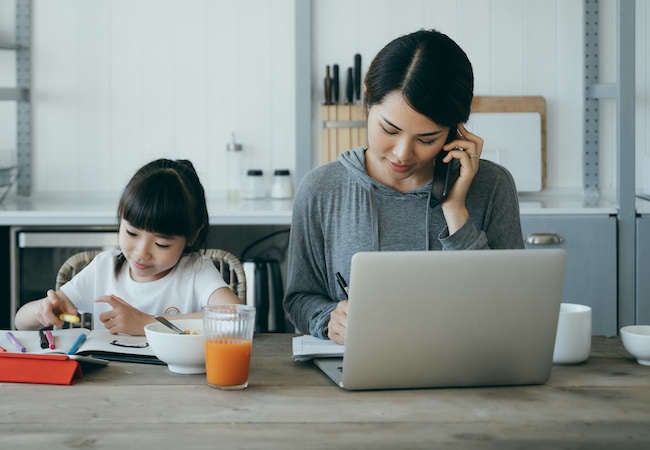

We may earn revenue from the products available on this page and participate in affiliate programs. Learn More ›
Home Advice You Can Trust
Tips, tricks & ideas for a better home and yard, delivered to your inbox daily.
By signing up you agree to our Terms of Service and Privacy Policy.
How the Pandemic Has Shaped Our Homes
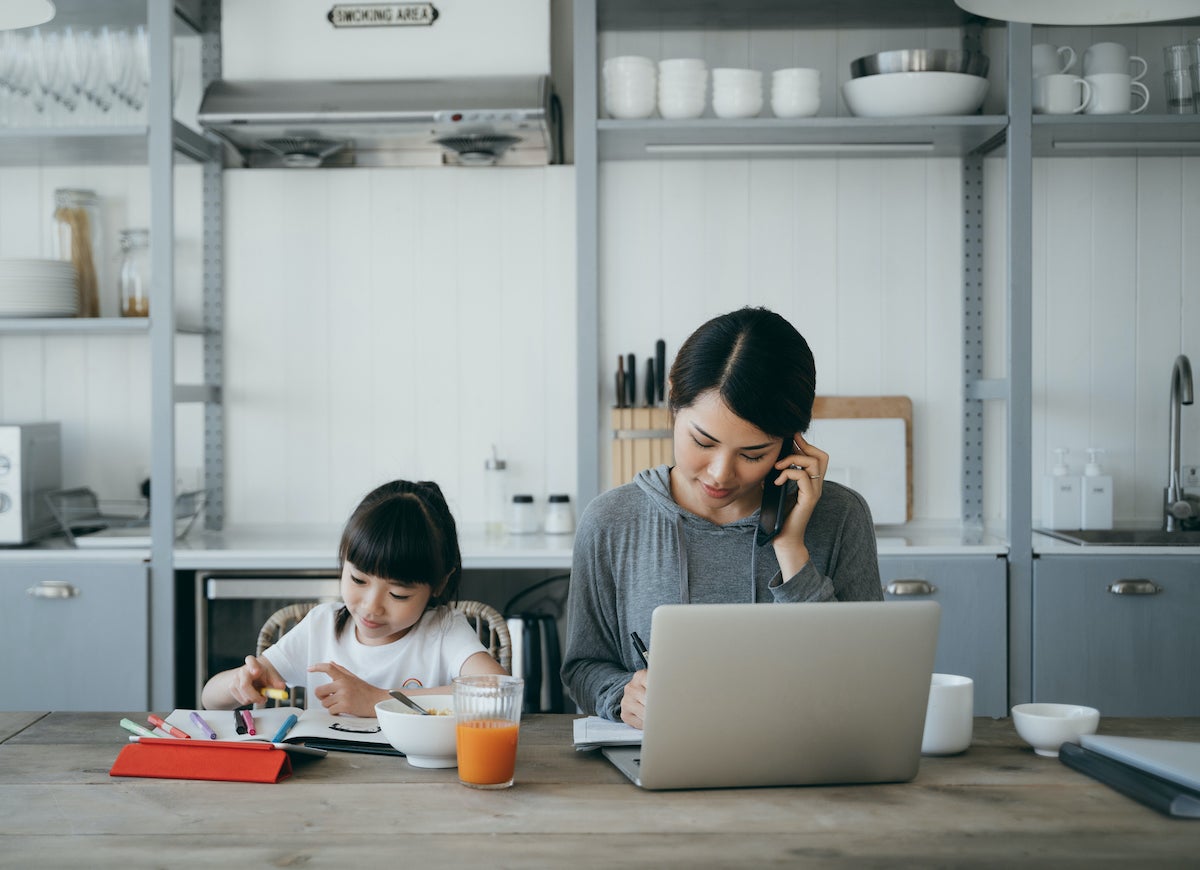
Thanks to the pandemic, many of us have been spending more time at home. In response, some homeowners have chosen to create more livable space, while others have opted for small adjustments that make better use of the space they already have. No matter the size of your home, these nine pandemic design trends can help make all that time you’re spending there more efficient, more fun, and more comfortable. And who knows—you may end up wanting to spend even more time at home!
Downsizing Slowdown
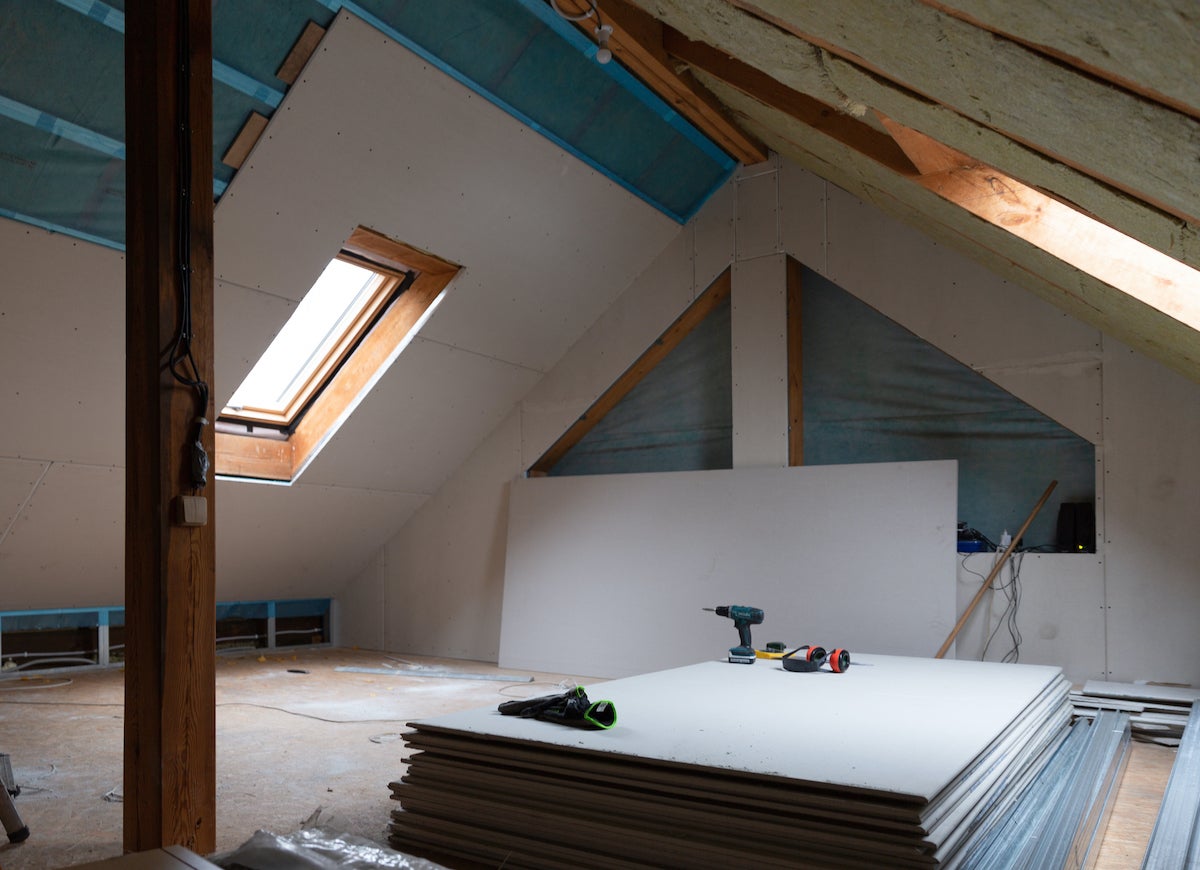
Pre-pandemic, smaller homes and a “less is more” aesthetic were gaining in popularity. But as lockdowns and social distancing spread across the country, the downsizing trend seemed to lose momentum. “We’ve seen families needing more space for members who have transferred to working and learning remotely. Extra rooms are needed for privacy, and the attic, basement, or the garage are being transformed into livable space,” says Jean Brownhill, founder of Sweeten, a company that matches up homeowners with vetted general contractors. Brownhill notes that if adding more space isn’t possible, interior sliding doors are an increasingly popular choice, as they offer a quick, flexible way to create a room.
Related: The Pros and Cons of Finishing Your Unfinished Basement
Rethinking Open Floor Plans
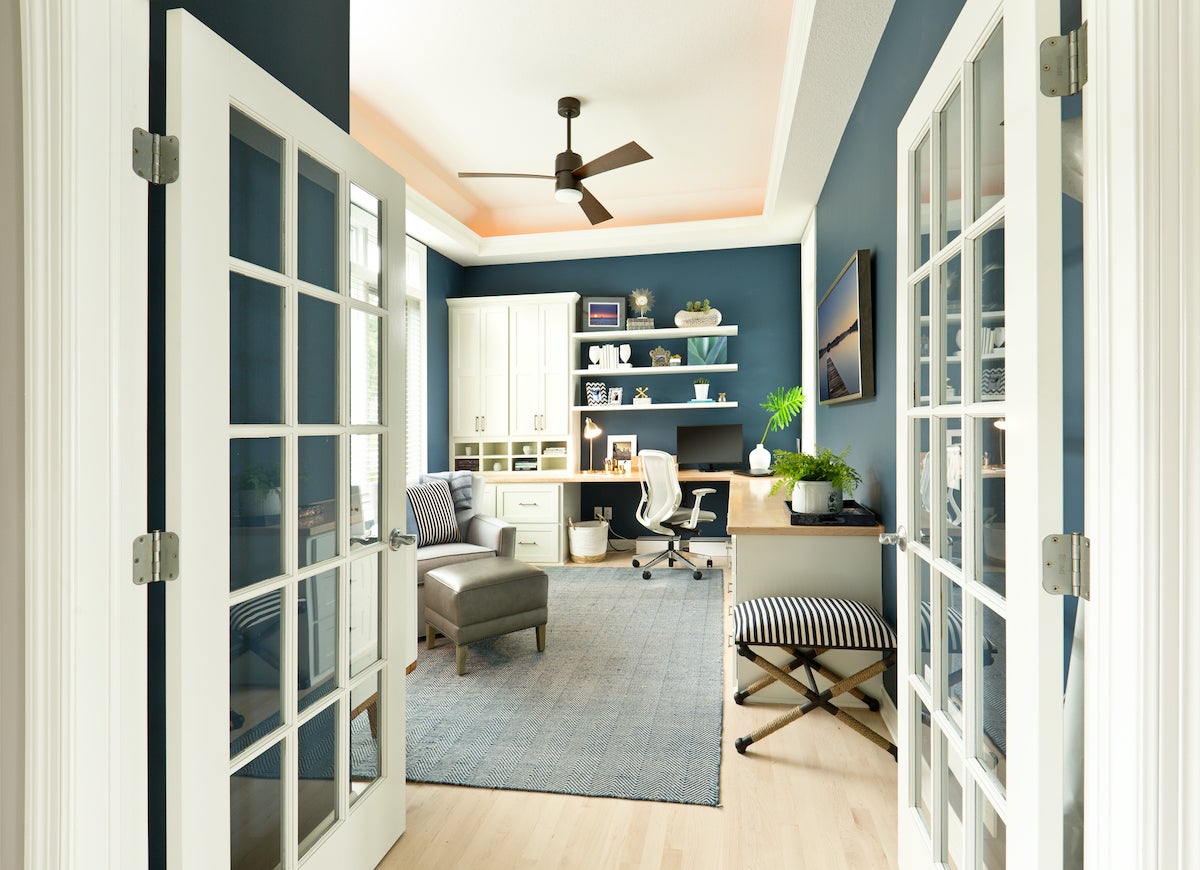
Once all the rage, open floor plans have proven to be impractical for families trying to work and learn in these shared spaces. While the U.S. Census Bureau reports that new home sales were up in August 2020, buyers may be having second thoughts regarding open spaces. As Katie Detwiler, vice president of marketing at Berks Homes, told Zillow: “People are feeling like they need more privacy, so we’ll see more doors—especially for home offices—more insulation for noise control, and separate spaces to keep the kids busy while parents work.”
Better Outdoor Spaces
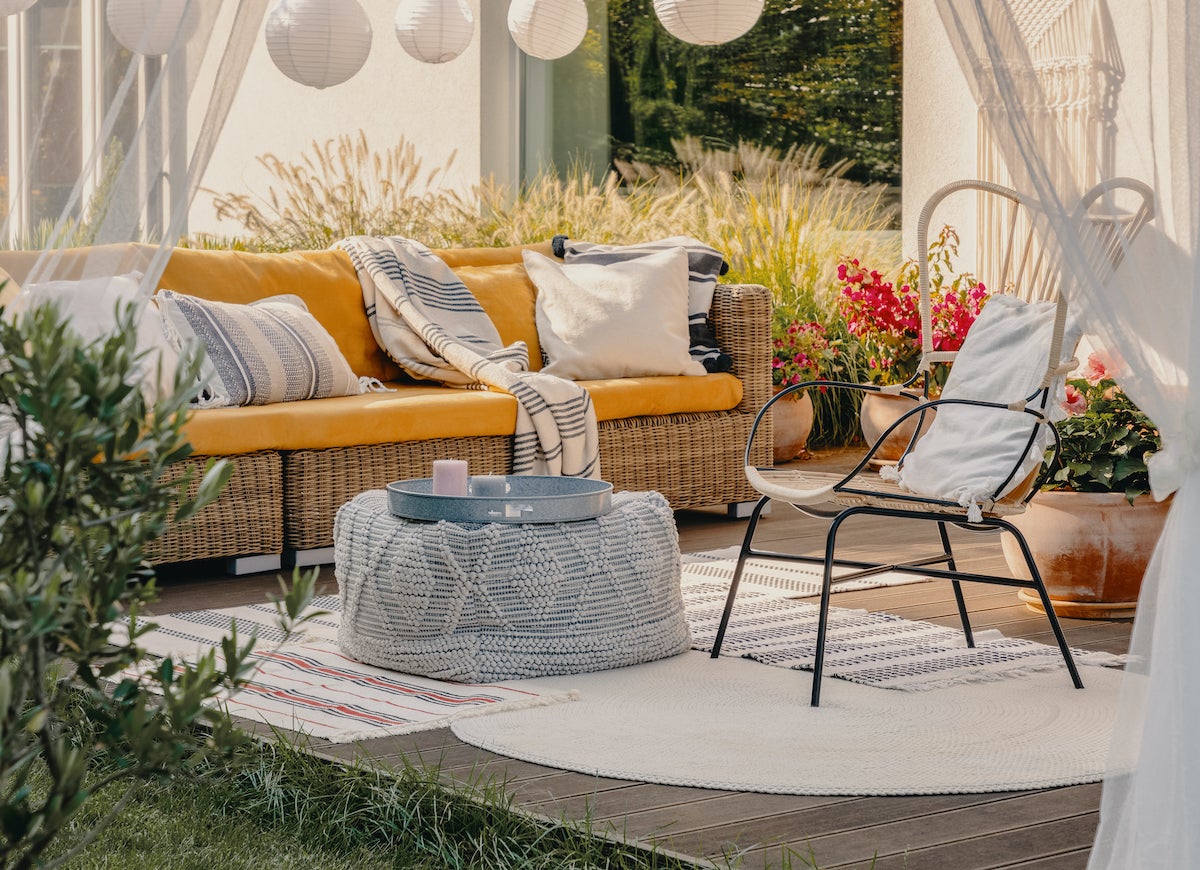
With families spending so much more time at home during the pandemic, it only makes sense that they’re using their outdoor spaces more than ever. Many design firms are reporting a big demand in 2020 for improvements to outdoor living spaces, such as decks or patios, screened-in porches, or even just new furniture.
More Home Offices
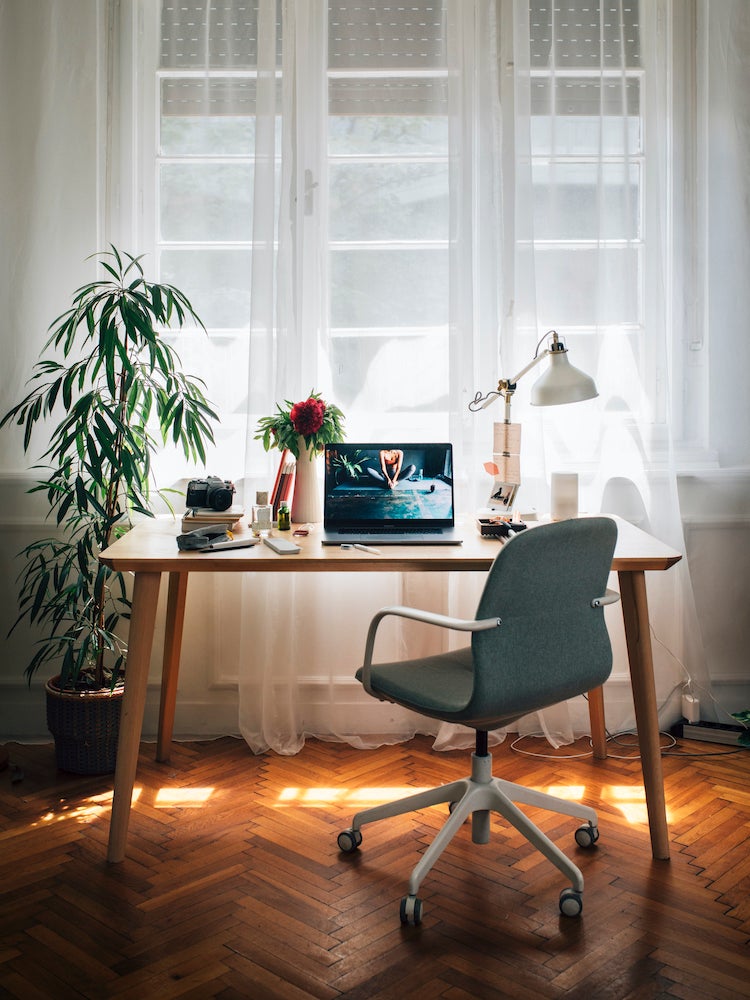
Now that they’ve had a taste of working from home, many Americans will want to continue doing so even after the pandemic has passed, and according to Zillow, they would consider moving to allow themselves to work at home more comfortably. Having a dedicated room that acts as an office, whether it be an extra bedroom, study, or library, lets those who work from home concentrate on the project at hand while also giving them the ability to “leave the office” at the end of the day.
Better Kitchen Storage
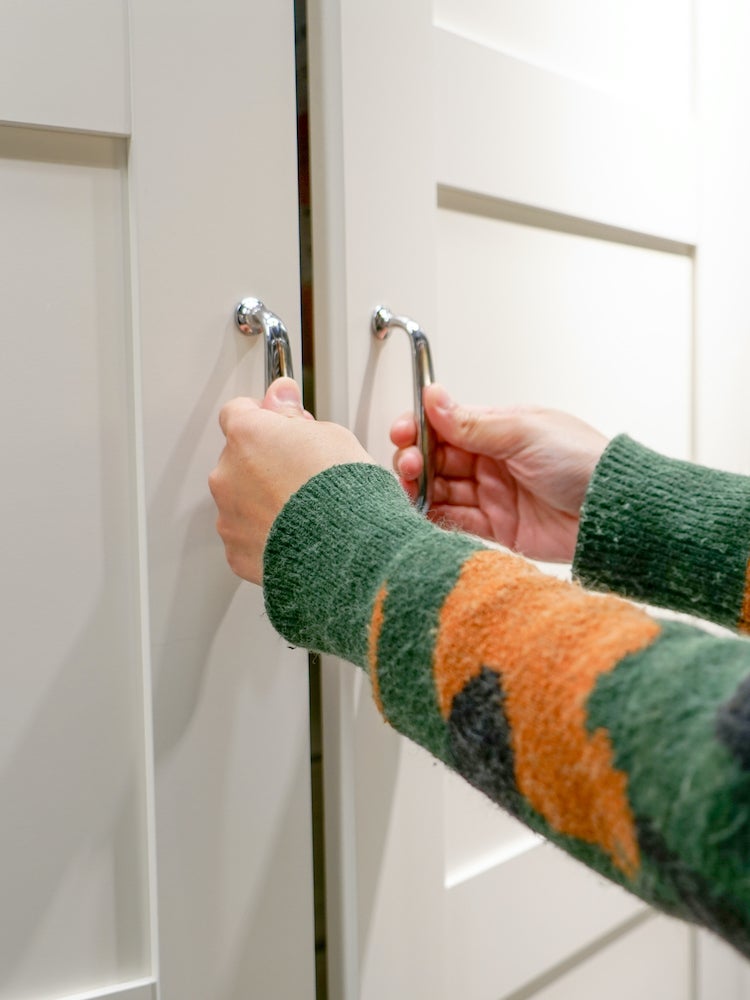
Kitchens have been working overtime during the pandemic, as families have been forced to make breakfast, lunch, dinner, and every snack in between at home. This focus on the kitchen has sent homeowners scurrying to find more storage space. “From full-wall built-ins, breakfast bars, and deep pull-out drawers to banquettes doubling as seating and storage, storage is smarter and efficient,” Brownhill says.
Related: How to Get Rid of Pantry Moths
Adding Exercise Spaces
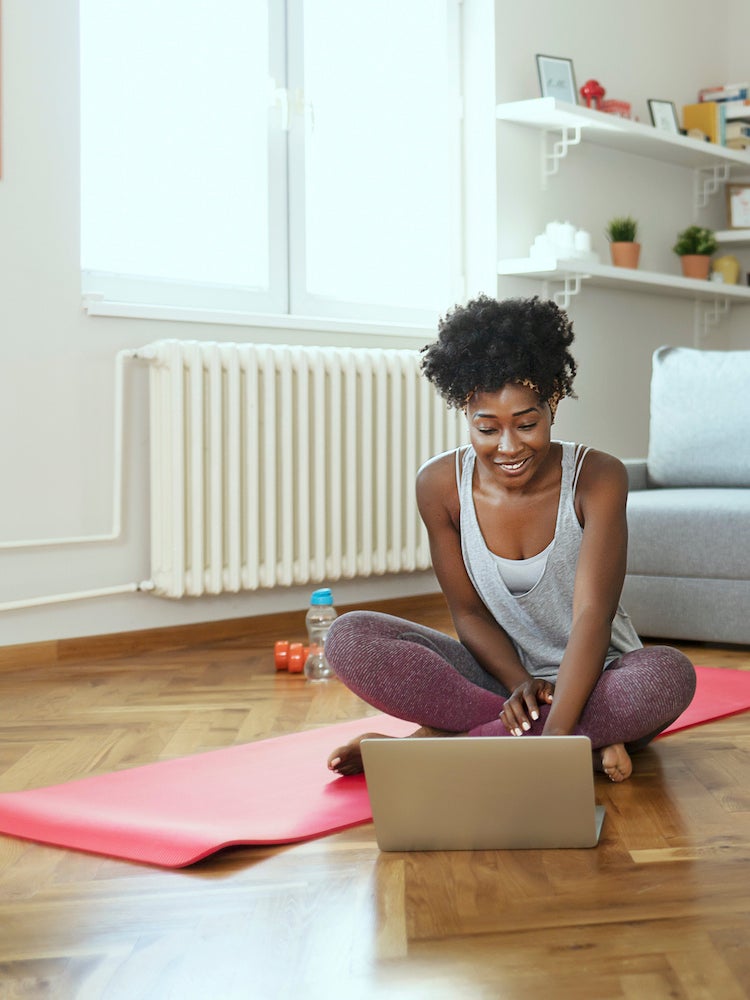
With many gyms closed during the pandemic, or operating at limited capacity, it’s no surprise that many homeowners are opting to work up a sweat at home. Sales of fitness equipment grew by 170 percent during the coronavirus lockdown, according to Business Wire, and this seems to be a trend with staying power. In fact, 8 in 10 Americans who exercise regularly say they plan to continue home workouts even after the pandemic, according to Beachbody, a health and fitness company in California.
Related: 22 Genius Ways to Convert a Garage Into Living Space
More Gardens
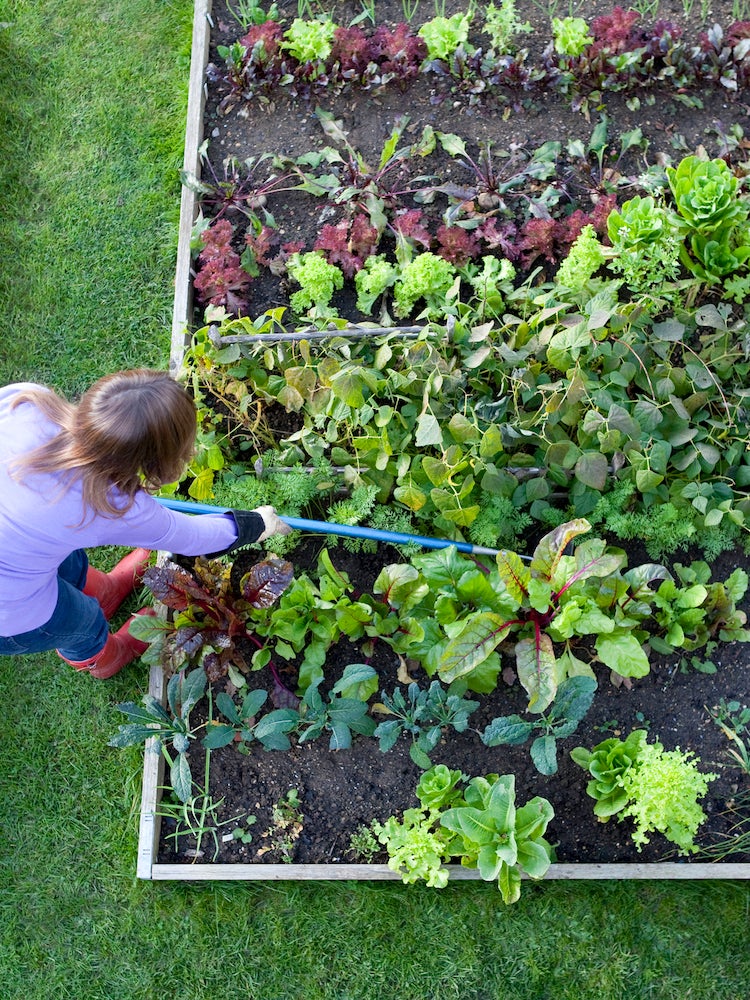
If you got into gardening during the pandemic, you aren’t alone. People around the world turned to gardening in 2020, not just to grow food, but also as a way to relax and spend their extra time at home productively. Back in March, Burpee Seed Company sold more seeds than at any time in its 144-year history, according to Chairman George Ball. In fact, the company even closed to new orders for a time this past April because it needed to catch up.
Creating Entertainment Spaces
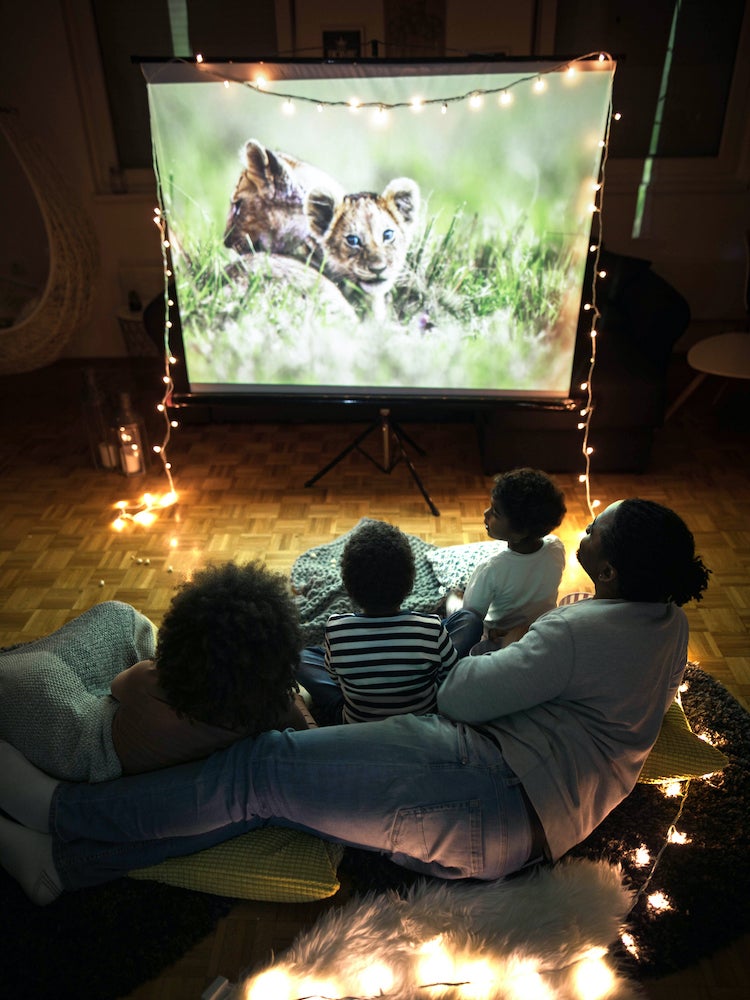
With fewer options for amusement outside the house, homeowners are looking for ways to use tech and smart space planning to make the time spent at home more entertaining and enriching. Brownhill relates that she’s seeing basements transformed from neglected storage spaces to multifunctional living areas with amenities like home theaters. She notes that adding a home theater is a particularly easy, practical improvement that, depending on local regulations and the scope of the project, requires few if any permits.
Pops of Color
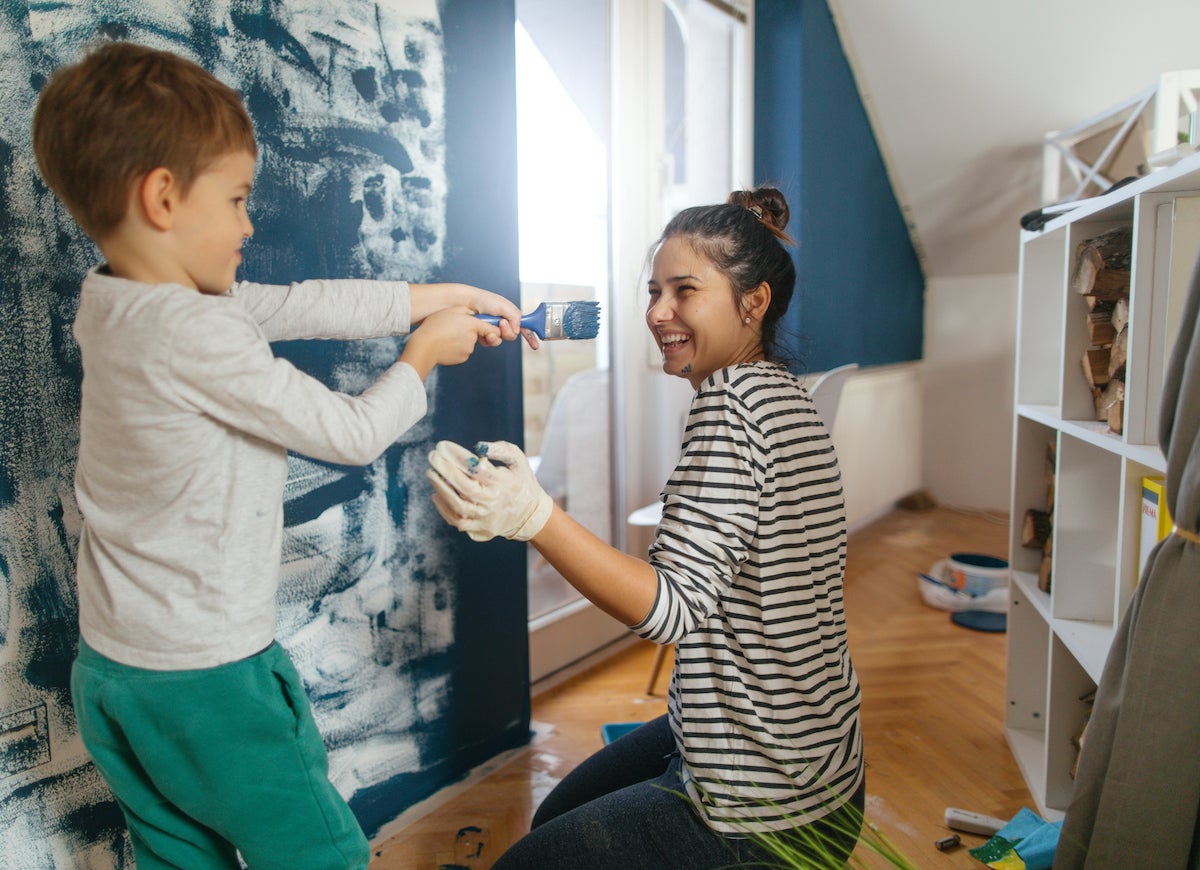
In these unsettled times, notes Consumer Reports, homeowners are leaning toward hues that bring warmth and tranquility to the home. Colors such as blush pinks, soothing greens, pale blues, and vibrant cobalts are big right now, according to major paint manufacturers such as PPG, Valspar, Behr, and Sherwin-Williams.
Improving Efficiency and Air Quality
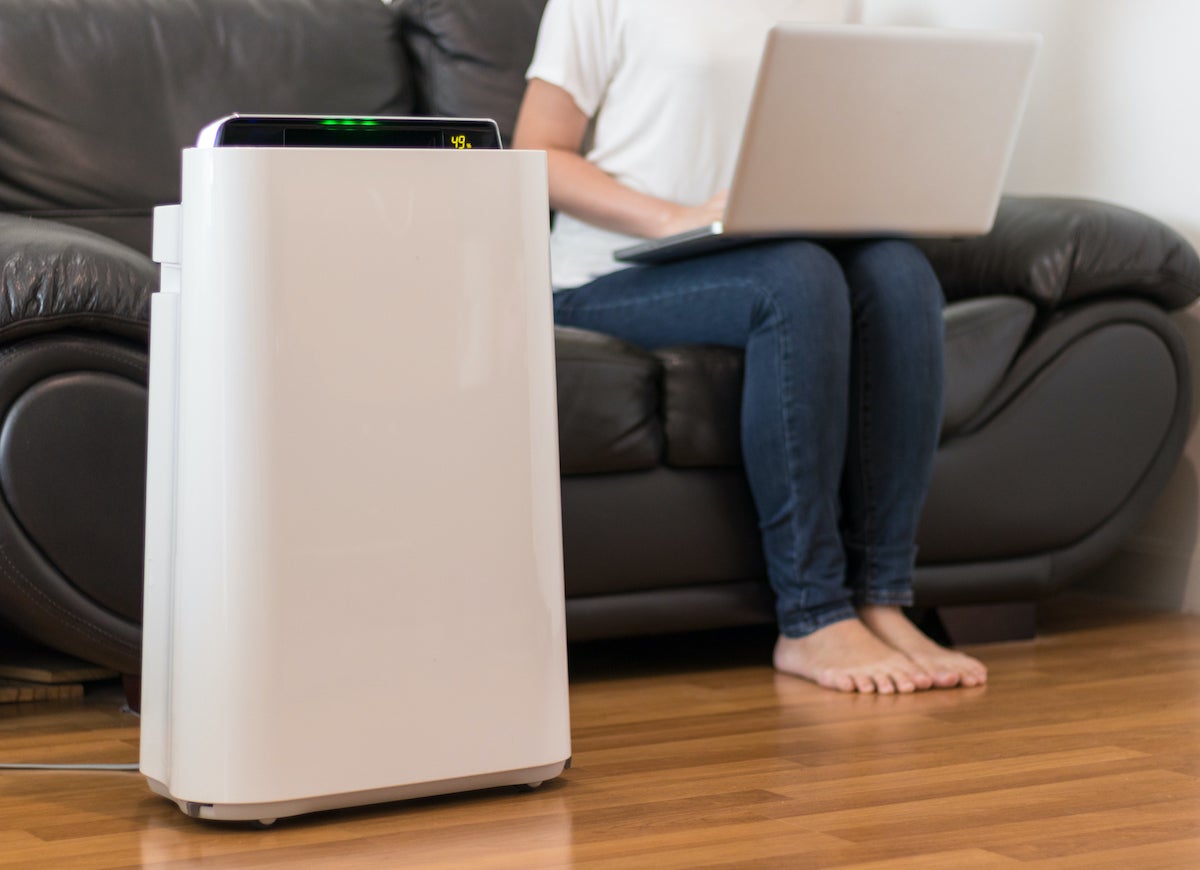
Brownhill notes that energy efficiency and air quality go hand in hand. Not surprisingly, given the amount of time they’re spending indoors, many homeowners are undertaking projects that will improve air quality inside their homes. “The layout of your home and investing in airtight windows and insulation have a huge impact on living a healthy and sustainable life. Insulation and energy-efficient, high-performance windows ensure a tight construction, so there is less heated or cooled air leaking out of the home. Heating, ventilation, and air-conditioning system upgrades can work to improve indoor air quality within this tighter envelope,” Brownhill says.

Everything You Need for a Lush and Healthy Lawn
Keeping your grass green and your plants thriving doesn’t just take a green thumb—it starts with the right tools and supplies.